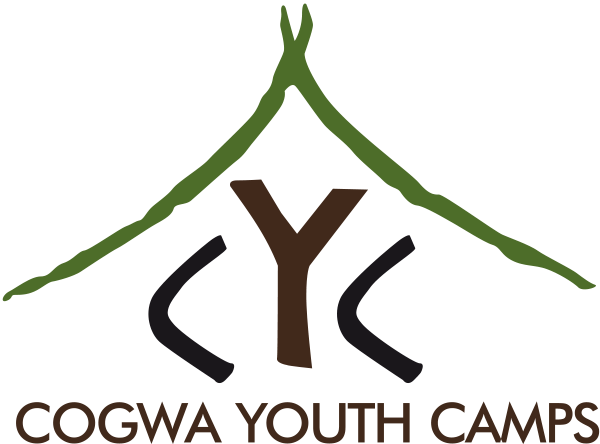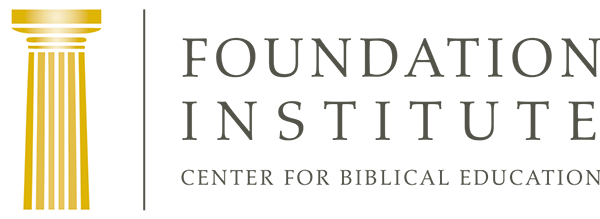Member News
July 2024 Member Letter
July 3, 2024
Dear Brethren,
Summer has definitely arrived here in north Texas! After an unusually wet and somewhat cool spring, we are now in the throes of the summer heat. It seems as though there was no transition or gradual entrance into summer, but a sudden series of consecutive 100-degree days.
In spite of the heat, the schedule here at the office has not slowed down. This past week we hosted the third and final group of U.S. pastors for the four-day Pastoral Development Program (PDP). This was the largest group of the three, with 41 ministers and wives. In addition to the U.S. pastors, we were happy to have Larry and Blanca Roybal from Mexico, Saul and Carmen Langarica from Chile, Tim and Valerie Waddle from South Africa, and Leon and Reba Walker, who live in the U.S. but continue to serve the internationals. It was a wonderful group, and everyone seemed to enjoy all the social interaction as well as the classes.
The PDP is our primary educational effort aimed at our U.S. pastors, offering them continuing education in the years between our biennial international conference for the ministry (the next to be held in 2025). Even though our current technological age enables us to do so much over the Internet, the value of face-to-face learning and personal interaction cannot be emphasized enough. Also, the role our church pastors and wives fulfill in the Church cannot be overemphasized. Historically, we’ve seen that much of the overall spiritual health of the Church lies within the local congregations—and the pastors play a significant role in that spiritual development.
In reviewing the modern history of the Church, we can clearly see that the spiritual health of the Church is at its best when there are dedicated pastors who have a passion for the truth and a genuine love for the brethren. If you take a small slice of our history, beginning in 1933 with the inception of the Radio Church of God and going forward 20 years, you will find a lot of people tuning in to The World Tomorrow program and many thousands of subscribers to The Plain Truth magazine but the Church was still primarily a radio ministry, even after 20 years. In 1953 there were only a handful of congregations in the northwestern part of the U.S., and none outside the United States. But in the next 20 years—from 1953 to 1973—things changed dramatically. The attendance at the Feast went from less than 1,000 in Big Sandy in 1953 to almost 100,000 in multiple sites in 1973. What changed? In 1952 the first graduates from Ambassador College began to be sent to the congregations, serving a year or two as ministerial assistants and elders before becoming pastors.
Later on, various educational programs were established to assist the ministry in upgrading their biblical knowledge and their abilities to better serve the brethren. At one time we had a program called DELS, or Deacons and Elders Lecture Series, and in the early 1980s the Refresher Program was established to provide this needed education.
In recent years we have seen additional programs established for ministerial education. Today we have four primary programs that we rely on for biblical education and the development of future leadership: the Focused Mentoring Program, to develop leadership in the United States; the International Leadership Program (ILP), to develop leadership outside the United States; the Pastoral Development Program (PDP), to provide continuing education for the U.S. pastoral ministry; and Foundation Institute, to provide a basic biblical education for all those able to attend the nine-month program.
In addition to these formal programs, there are various conferences that keep the ministry informed and provide additional classes. These include an international conference for the worldwide ministry every two years and a variety of regional conferences in other years. We also usually have daylong webinar classes for the ministry in the spring and fall of each year. And we have conferences annually for special groups—Feast coordinators, camp directors and the Ministerial Services team. All of these education programs create a lot of activity here in the office. It seems that each week I am either planning for an upcoming conference or in the midst of one.
Each group of the recently completed PDP had approximately 15 hours of classroom instruction—along with time for interaction and socializing between classes and in the evenings. To give you an idea of the topics presented in the PDP, here is a partial list of classes in each four-day session:
- The Importance of Integrity and Character in Doctrine and Christian Leadership.
- Your Relationship With Your Congregations.
- Divorce and Remarriage Issues: Doctrine and Process.
- If I Knew Then What I Know Now.
- The Pastor’s Role in Developing Leadership in the Local Congregation.
- Helping Gen Z and the Alphas.
- The War Against Truth.
- Preparing for the Tribulation.
- Technology for Today’s Pastor.
- Preparing for Retirement.
- Legal Considerations for the Ministry.
- Politics and Voting: What We Teach and Why.
- The Unique Stresses of Serving in the Ministry.
The reports from the pastors have been very encouraging as to the value of these classes and the benefit of getting together for four days without the pressure of preparing a sermon or Bible study for that Sabbath. While there are many scriptures that give support to these education programs, I want to conclude this letter with three of the most prominent ones:
- 2 Timothy 1:13 “Hold fast the pattern of sound words which you have heard from me.”
- 2 Timothy 2:2 “And the things that you have heard from me among many witnesses, commit these to faithful men who will be able to teach others also.”
- Titus 2:7-8 “… In doctrine showing integrity, reverence, incorruptibility, sound speech.”
It is unique in our modern history that all five administrators who serve here in the office have come to their current duties after many years of pastoring churches. So, we understand the pressures that go along with being a pastor, and we truly appreciate those who are serving the brethren in this responsibility.
Sincerely, your brother in Christ,

Jim Franks








